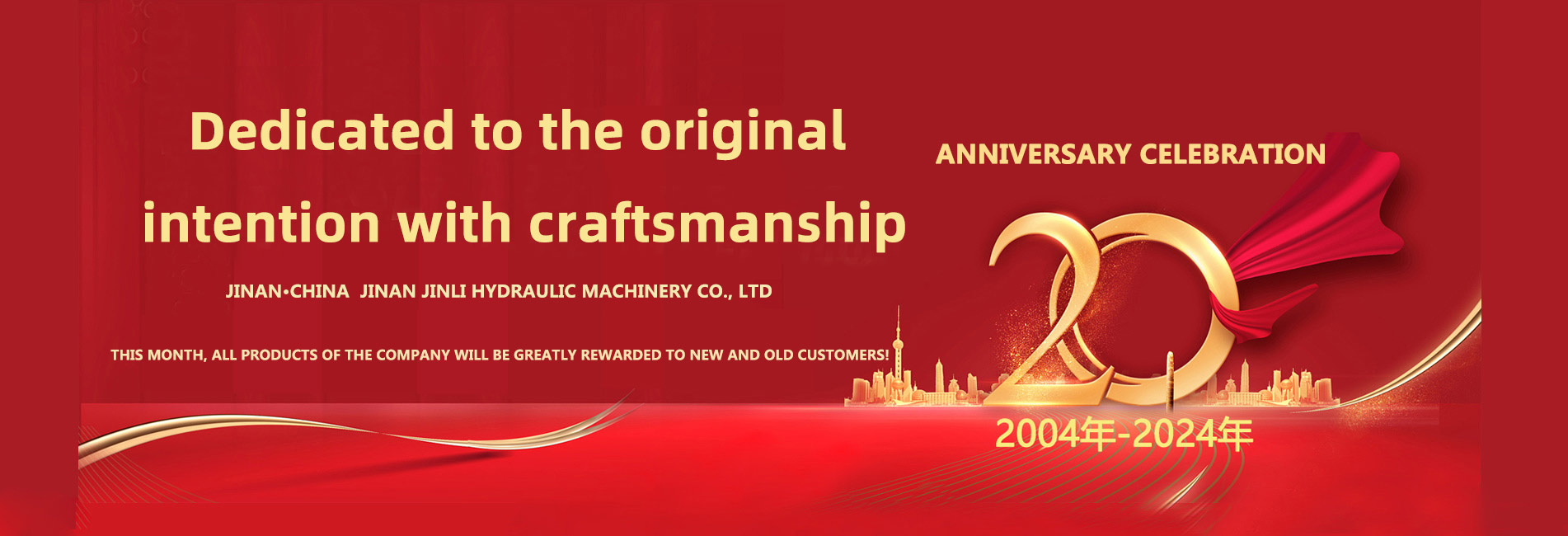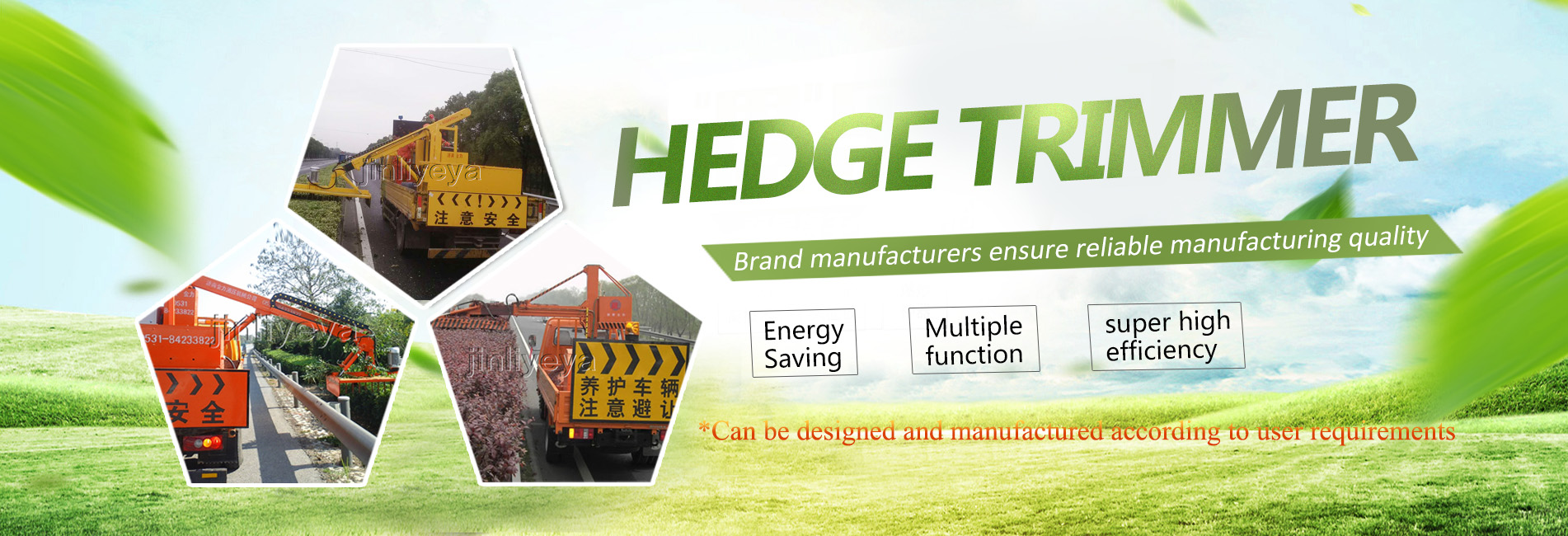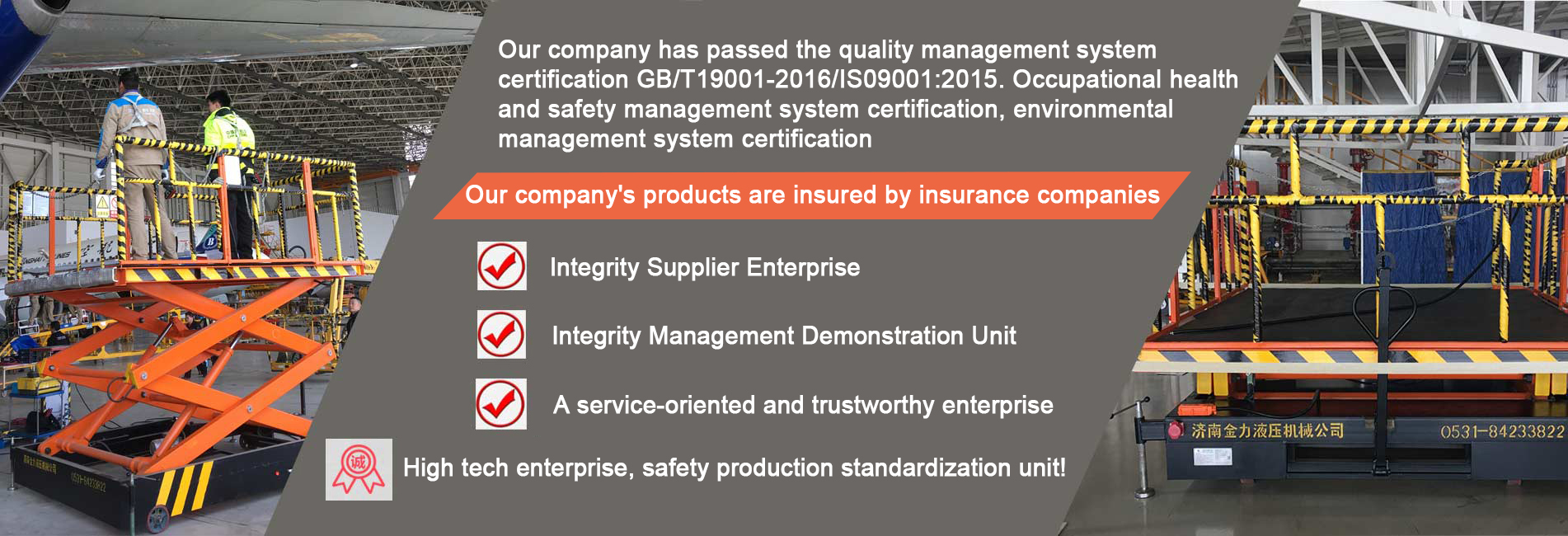The hydraulic system is the power system of the hydraulic lifting platform and the most critical component of the hydraulic lifting platform. Mastering the composition and functions of each part of the hydraulic system of the lifting platform can help people to have a more comprehensive understanding and maintenance of the hydraulic lifting platform.
The hydraulic system of a hydraulic lifting platform generally consists of five major components: driving force elements, implementing elements, control elements, auxiliary elements, and hydraulic oil
1. The key driving force component refers to the deep well pump, which converts the mechanical energy of the transmission device into hydraulic working pressure energy and provides driving force to the entire hydraulic system. It is a part of the driving force of the entire hydraulic system. According to the construction method, hydraulic oil pumps are generally divided into gear pumps, axial piston pumps, gear pumps, and screw pumps. Bipolar gasoline pumps are commonly used in lifting platforms, which can maintain the speed control of the lifting platform based on (t ō ng gu ò) and hydraulic directional valve operation.
2. The key to implementing components refers to hydraulic cylinders and oil motors. According to the oil motor driving the gasoline pump, mechanical kinetic energy is converted into hydraulic working pressure energy. According to the hydraulic cylinder, hydraulic working pressure energy is converted into mechanical kinetic energy. It can be said that hydraulic cylinders and oil motors are specialized tools for energy conversion, in which the hydraulic cylinder performs uniform linear motion and the motor performs rotational fitness exercise. The hydraulic cylinder and motor have a constant impact on the lifting rate of the hydraulic lifting platform in various aspects. The motor speed is getting faster, the hydraulic cylinder is getting smaller, and the lifting platform is lifting at a faster rate.
3. The key control components are the working pressure, total flow rate, and orientation of the hydraulic oil in the hydraulic system software. The control components include working pressure control valves, total flow control valves, and directional control valves (also known as hydraulic directional valves). Working pressure control valves are divided into speed regulating valves (valves), pressure regulating valves, sequence valves, and working pressure control relays. The key function of working pressure control valves is maintenance, monitoring (inspection and testing) to prevent hydraulic system overpressure damage. In the hydraulic system of lifting platforms, the common working pressure control valve is the speed regulating valve, which plays a key role in limiting the overweight of the lifting platform. Common total flow valves include overflow valves, regulating valves (proportional valves), separation and collection control valves. The common regulating valves and separation valves in the hydraulic system of hydraulic press lifts are proportional valves, which generally control the valve opening based on the current or working voltage of the operating magnet coil. If the total flow rate of the hydraulic oil exceeds the goal of regulating, the lifting platform speed is finally maintained. Separation valves are commonly used in a sewage treatment plant to operate several lifting platforms and elevators, and the key is to maintain the synchronous operation of several lifting platforms and elevators. Directional control valves include single-sided control valves, one-way throttle valves, shuttle valves, hydraulic directional valves, etc. The common directional control valve for lifting platforms is the hydraulic directional valve, which is mainly used to switch fuel pipes and maintain hydraulic oil speed regulation. The key functions of the hydraulic control system components of the hydraulic lifting platform are to adjust the total flow rate of hydraulic oil, regulate the inflow of hydraulic oil, maintain the safety of the hydraulic system, and ultimately maintain speed control and elevator conversion.
4. Auxiliary components are other components besides the three parts mentioned above, including pressure gauges, oil filters, energy storage equipment, cooling towers, pipes, high-pressure ball valves, quick couplings, plastic hose assemblies, pressure measuring joints, pipe clamps, and automotive fuel tanks. Pipes include various types of three-way joints (expansion type, welding type, sleeve type joint, flange), and auxiliary components are also crucial in hydraulic systems. Classification of hydraulic pipe joints: hydraulic rubber hose, high-pressure ball valve, quick insert joint with special purpose, sleeve type pipe joint, welded pipe joint, high-pressure hose. The most obvious difference between hydraulic pipe joints and general three-way joints is that the working pressure of hydraulic presses is astonishingly high, and the impact force of hydraulic oil pipes suddenly bursting is quite strong.
5. Hydraulic oil is an essential substance in hydraulic systems for energy conversion and transmission.
{7}







